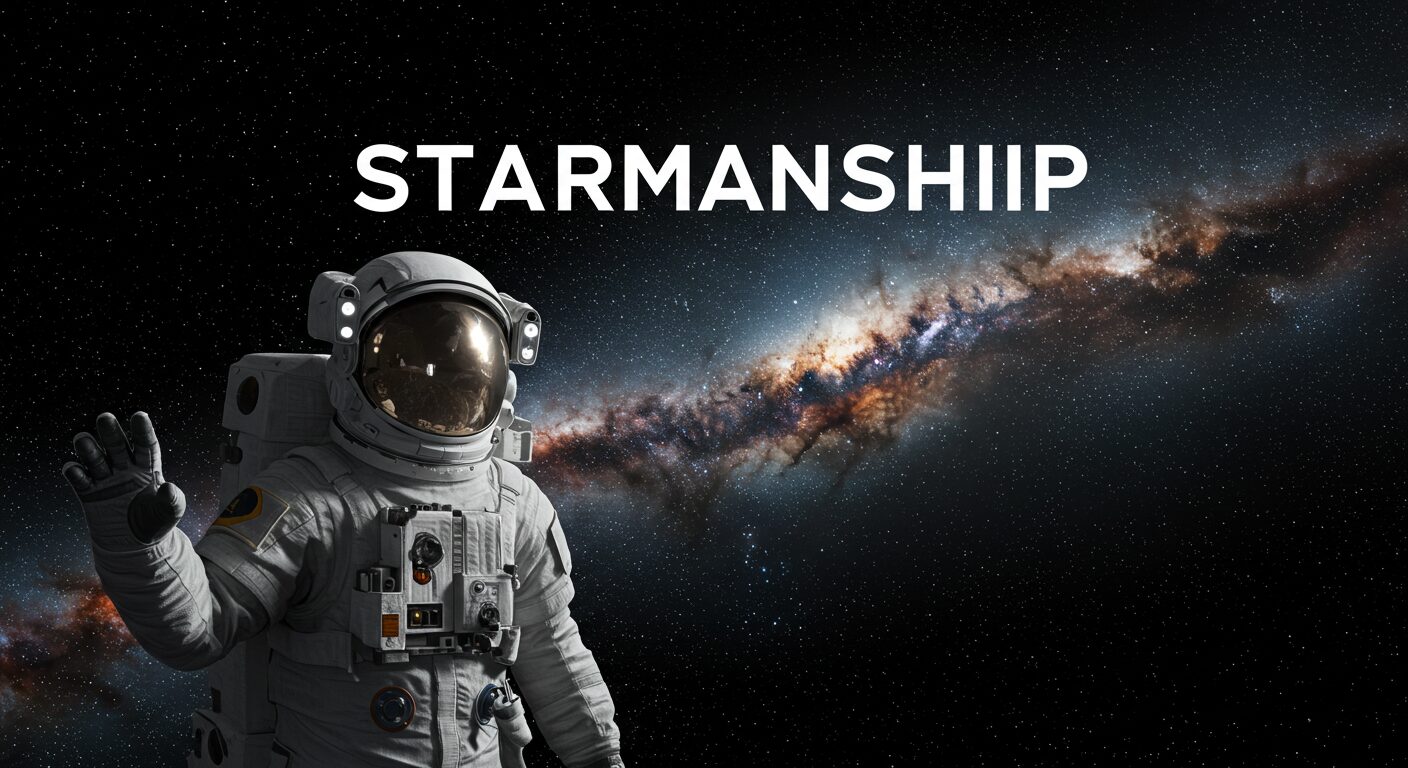Starmanship is a term that blends the vastness of outer space with the discipline of skilled navigation, leadership, and conduct in the cosmos. Just as seamanship refers to the expertise required to navigate oceans, starmanship refers to the mastery needed to operate in space. In an age where human exploration of space is expanding through private spaceflight, international missions, and technological innovation, the concept of starmanship is increasingly becoming relevant not only to astronauts but also to future travelers, scientists, and engineers. Starmanship encompasses technical proficiency, ethical responsibility, adaptability, and interstellar etiquette—an evolving code of behavior for those venturing beyond Earth.
Table of Contents
- 1 Historical Roots of Starmanship
- 2 Core Qualities of a Starman
- 3 The Role of Technology in Shaping Starmanship
- 4 Ethical Dimensions of Starmanship
- 5 Training and Preparation for Starmanship
- 6 Cultural Influence and Representation of Starmanship
- 7 Starmanship in the Age of Commercial Space Travel
- 8 International Cooperation and Global Starmanship
- 9 The Future of Starmanship
- 10 Conclusion: The Path Forward
Historical Roots of Starmanship
Although the term “starmanship” is relatively new, its foundations are deeply rooted in early space exploration. From the first orbital missions by Yuri Gagarin and John Glenn to the Apollo moon landings, early astronauts demonstrated many qualities associated with starmanship: discipline, calm under pressure, scientific aptitude, and teamwork. These missions laid the groundwork for understanding what it means to be a competent and honorable spacefarer. Each launch added not just to human knowledge of space, but to the development of skills, habits, and codes of conduct that continue to influence space missions today.
Core Qualities of a Starman
A starman—whether astronaut, cosmonaut, or civilian space traveler—must possess a set of distinct personal and technical qualities. Critical thinking is essential, especially in emergencies where seconds matter. Physical fitness is also key due to the intense demands of launch, microgravity, and re-entry. But starmanship goes beyond physical and intellectual ability; emotional intelligence, cultural sensitivity, and communication skills are equally vital. Space missions are highly collaborative and often multicultural. Understanding team dynamics, respecting different traditions, and working harmoniously are integral aspects of true starmanship.
The Role of Technology in Shaping Starmanship
Modern starmanship is deeply intertwined with technology. Advanced spacecraft, AI-based guidance systems, and real-time communications have transformed the way humans operate in space. With SpaceX, Blue Origin, and other private enterprises entering the arena, the definition of a “starman” is broadening to include civilians and entrepreneurs. Mastering spacecraft interfaces, understanding orbital mechanics, and efficiently utilizing onboard AI assistants are modern expectations of starmanship. As spacecraft evolve into more autonomous systems, the human operator’s role shifts toward strategic oversight, mission planning, and decision-making under uncertainty.
Ethical Dimensions of Starmanship
Operating in outer space raises unique ethical challenges. Space debris, planetary contamination, resource extraction, and interaction with potential extraterrestrial life all require responsible conduct. Starmanship demands a commitment to ethical behavior, even in frontier scenarios where laws may be ambiguous or absent. The idea of a spacefarer code—similar to maritime law or aviation ethics—has been discussed among scholars and agencies. Respecting celestial bodies, preserving scientific integrity, and avoiding monopolization of space resources are all part of the moral compass guiding responsible starmen and women.
Training and Preparation for Starmanship
Preparing for a role in space involves more than technical education. Astronaut training programs combine simulations, survival training, physical conditioning, and psychological assessments. These rigorous regimens are designed to build resilience and reinforce the mental framework needed for extended missions. With emerging trends in space tourism, training programs are being adapted to suit non-professional astronauts as well. These programs still emphasize key principles of starmanship: safety, cooperation, and respect for both the environment and fellow crew members.
Cultural Influence and Representation of Starmanship
The idea of starmanship has long been a theme in science fiction, from the disciplined officers of “Star Trek” to the adventurous pilots in “Star Wars.” These cultural depictions have helped shape public perception of space travel and inspired generations to reach for the stars. However, modern starmanship is more nuanced than fictional portrayals. It incorporates real-world challenges, scientific understanding, and socio-political responsibility. Representation is also evolving, with space agencies and private companies making efforts to include diverse genders, ethnicities, and backgrounds in their astronaut corps. This inclusivity strengthens starmanship as a universal human endeavor, rather than a pursuit limited to elite groups.
Starmanship in the Age of Commercial Space Travel
The rise of commercial space travel brings both opportunity and challenge. Companies are now offering orbital and suborbital flights to civilians. This democratization of spaceflight calls for a new level of public awareness about starmanship. Just as passengers aboard a ship must follow certain rules, space tourists must be educated in the ethics and protocols of space. This includes understanding the importance of zero-waste behavior, respecting crew directives, and preparing for emergencies. Commercial flight operators are expected to instill a basic sense of starmanship in their passengers to ensure the sustainability and safety of future missions.
International Cooperation and Global Starmanship
Space exploration is increasingly collaborative. The International Space Station (ISS), one of the most iconic symbols of international cooperation, operates with astronauts from NASA, Roscosmos, ESA, JAXA, and others. This cooperation showcases a collective form of starmanship—one that transcends national boundaries and promotes peace through shared scientific advancement. The future of deep-space missions, including those to Mars or beyond, will depend on similar collaboration. As such, global starmanship emphasizes diplomacy, transparency, and mutual respect as key values in spacefaring ventures.
The Future of Starmanship
Looking ahead, starmanship will evolve with humanity’s expansion into deeper space. Future missions may involve long-duration stays on Mars, permanent habitats on the Moon, and even interstellar probes. These missions will require next-level training, autonomous decision-making, and perhaps entirely new forms of social organization in space. The starman of tomorrow might be a hybrid of engineer, scientist, psychologist, and philosopher—someone capable of adapting to alien environments while maintaining human values. Education systems may need to incorporate elements of space ethics and astro-leadership to prepare young generations for their potential roles in space.
Conclusion: The Path Forward
Starmanship is more than a skillset; it is a mindset and a commitment to excellence, respect, and vision in the final frontier. As humanity inches closer to becoming a spacefaring civilization, cultivating the principles of starmanship will be essential—not just for astronauts and professionals, but for anyone who dreams of touching the stars. In every mission, every launch, and every celestial encounter, starmanship will guide our path, ensuring that we explore not only with intelligence, but with integrity.

